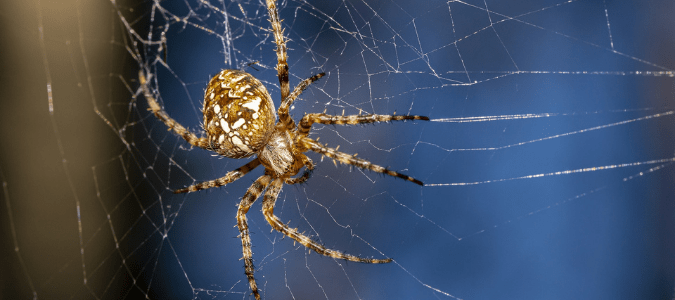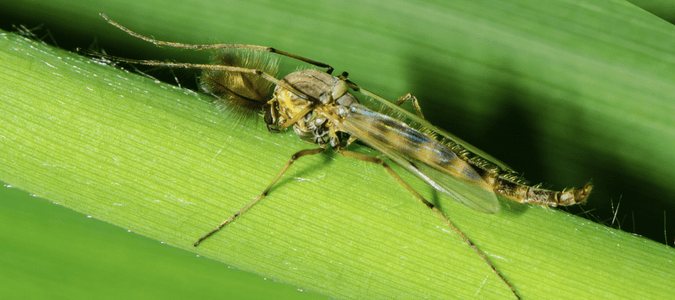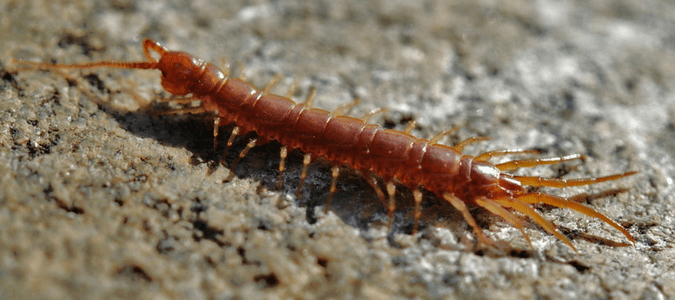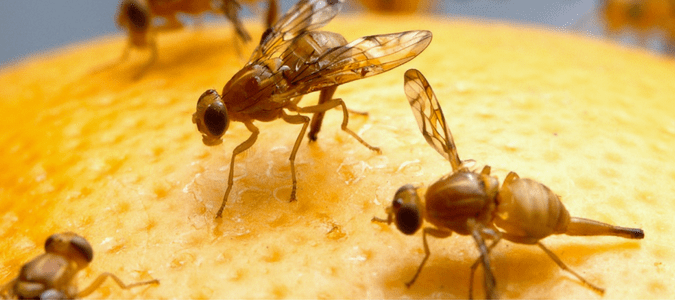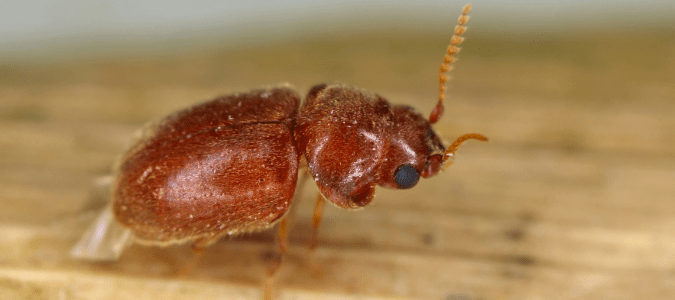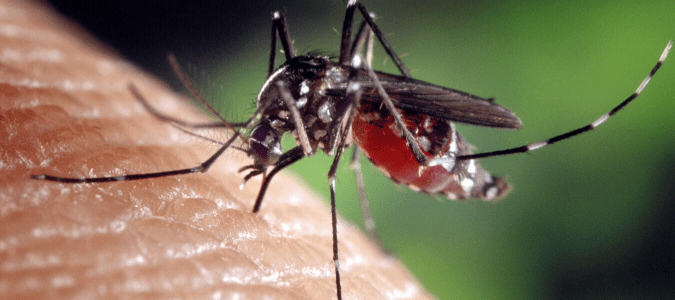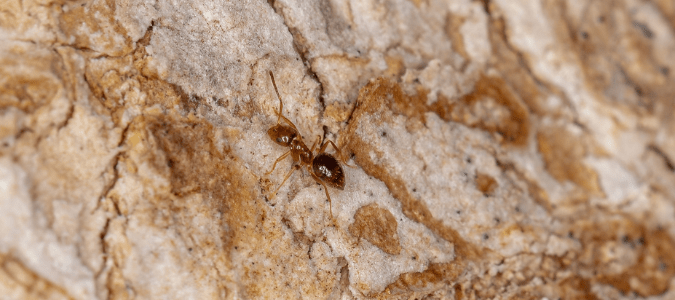Does Heat Kill Bed Bugs?
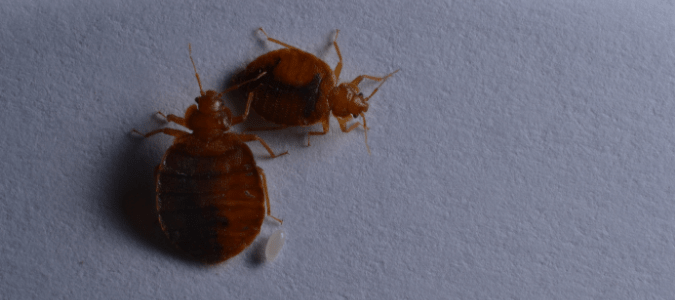
If you’re dealing with bed bugs in your home, you want to know how to get rid of them, fast. These pests are a frustrating problem that can feel overwhelming to solve. What’s the best way to treat them? Does heat kill bed bugs? The good news is, high temperatures do kill off bed bugs in all stages of the life cycle.
High heat is actually the most effective way to kill off bed bugs. This is partly because these pests are highly resistant to insecticide products. Insecticides don’t even reach bed bugs or their offspring well, because the insects hide in tiny cracks that most products can’t penetrate.
Bed bugs are vulnerable to high temperatures, but how hot does it need to be for them to die off? And what can you do to prevent them from returning?
Sustained temperatures of 120 degrees Fahrenheit or higher will kill bed bug eggs and … Read Full Post »
